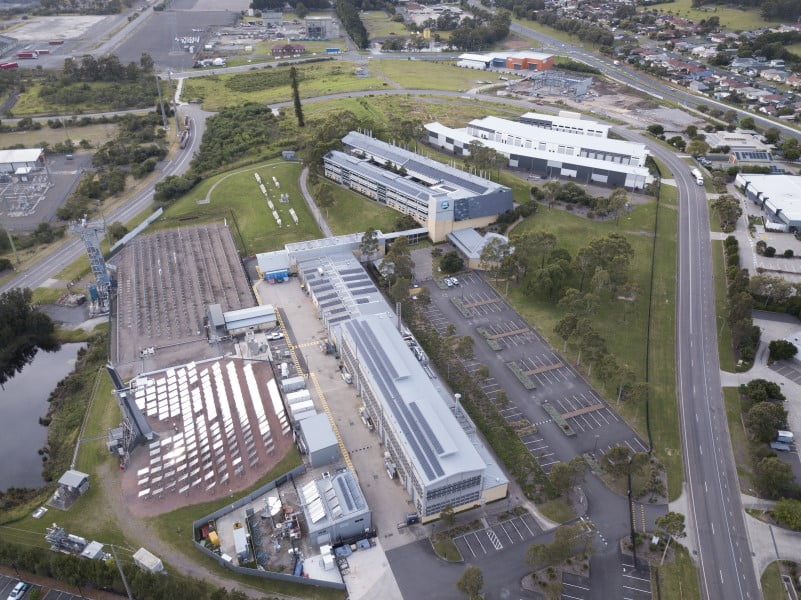Sparc Hydrogen’s photocatalytic water splitting reactor has entered the prototype testing phase after more than five years of research and development by researchers at the University of Adelaide and Flinders University.
Adelaide-based Sparc is prototype testing its photocatalytic reactor technology to split water into its constituent hydrogen and oxygen molecules at CSIRO’s Energy Centre in Newcastle, New South Wales.
Sunlight will be reflected and focused by a heliostat field — many mirrors — onto a reactor unit containing photocatalytic material developed by a team led by University of Adelaide Professor Greg Metha.
The photocatalytic water splitting technology is expected to deliver cost and flexibility advantages over green hydrogen projects that use electrolysers given the lower infrastructure and energy requirements.
The testing program formally began on Wednesday, with the work expected to run over a four-week period.

Sparc Hydrogen is co-owned by Fortescue’s green hydrogen arm, the University of Adelaide, and majority owner Sparc Technologies. Fortescue acquired a 20 per cent share in Sparc Hydrogen in February 2022 and has the option of acquiring a further 16 per cent until mid-2026.
In July, CSIRO awarded Sparc a $28,000-plus grant through its Kick-Start Program, targeting early-stage startups and innovative small businesses. A patent is pending on the photocatalytic converter technology.
When the grant was announced, Sparc Technologies executive chair Stephen Hunt said he looks forward to continuing collaboration with the joint venture partners on “what we believe to be a world leading demonstration of photocatalytic water splitting in a concentrated solar field”.
“Completion of this test work will be a significant milestone, not only for Sparc Hydrogen, but more widely for the advancement of photocatalytic water splitting, a next generation green hydrogen production technology which does not require capital intensive electrolysers nor solar or wind farms,” Mr Hunt said.
CSIRO’s Energy Centre features a 30m tall solar tower surrounded by 451 heliostats across a 4,000 square metre field.
The prototype test seeks to advance the technology readiness level of the photocatalytic converter from four to five, just short of demonstration in an operational environment.
Other aims of the test include the collection of data and information for a pilot plant development and to provide a real-world benchmark against laboratory tests that used simulated solar conditions. Several lab-scale reactor tests have already been undertaken and will continue alongside prototyping and pilot plant development.
Do you know more? Contact James Riley via Email.

